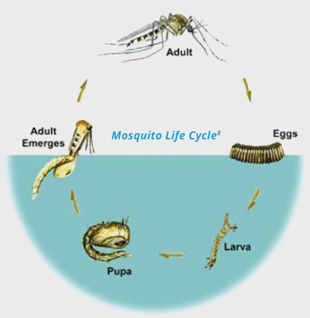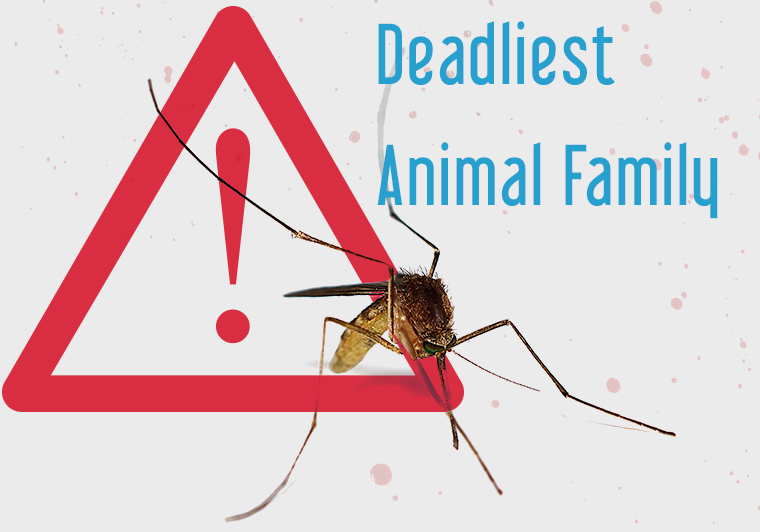Chapter Three-Page2
The Insect
Mosquitoes are members of the family Culicidae in the order Diptera (true flies). Mosquitoes are insects that develop through four distinct life stages – egg, larva, pupa and adult. Adult mosquitoes are distinguished from other flies by the presence of a long proboscis and scales on the margins and veins of the wing. Female mosquitoes’ mouthparts form a long piercing-sucking proboscis. Their mouthparts are needle-like, and their saliva is both anesthetic, so you can’t feel the bite, and anti-coagulant, which keeps the blood flowing. Males differ from females by having feathery antennae and mouthparts not suitable for piercing skin. A mosquito’s principal food is plant nectar or similar sugar source. Only adult females feed on blood which is a required source of protein and iron for egg development.

The Problem
Because mosquitoes are such a problem, one that is potentially getting worse with warmer temperatures, larger cities (and their inevitable water-sources, in which the insects lay their eggs), and ease of global movement, these insects are seriously studied by experts across a variety of scientific, healthcare and government groups.

Mosquitoes cause more human suffering than any other organism, over one million people worldwide die from mosquito-borne diseases every year.
Not only can mosquitoes carry diseases that afflict humans, they also transmit several diseases and parasites to which dogs and horses are very susceptible. These include dog heartworm, Eastern equine encephalitis (EEE), and West Nile virus (WNV). In addition, mosquito bites can cause severe skin irritation through an allergic reaction to the mosquito’s saliva. Mosquito-vectored diseases include protozoan diseases, like malaria, filarial diseases such as dog heartworm and human lymphatic filariasis, and viruses such as Chikungunya, Dengue, St. Louis Encephalitis, LaCrosse Encephalitis, Zika and Yellow Fever.
8 http://www.mosquito.org/ accessed October 16, 2016.

